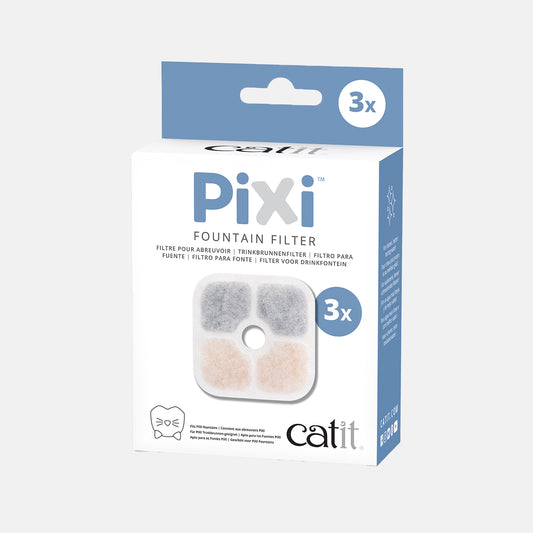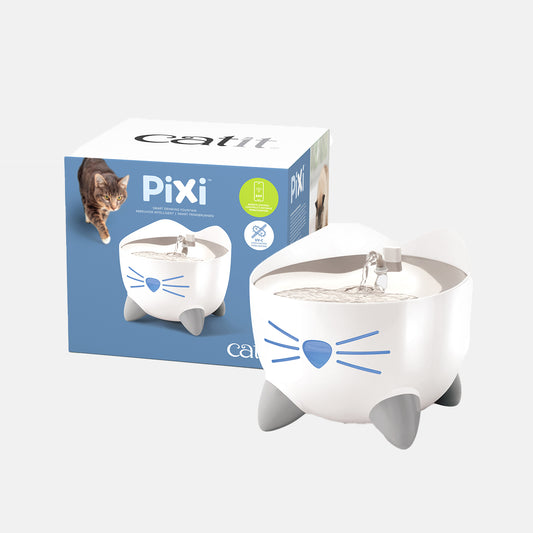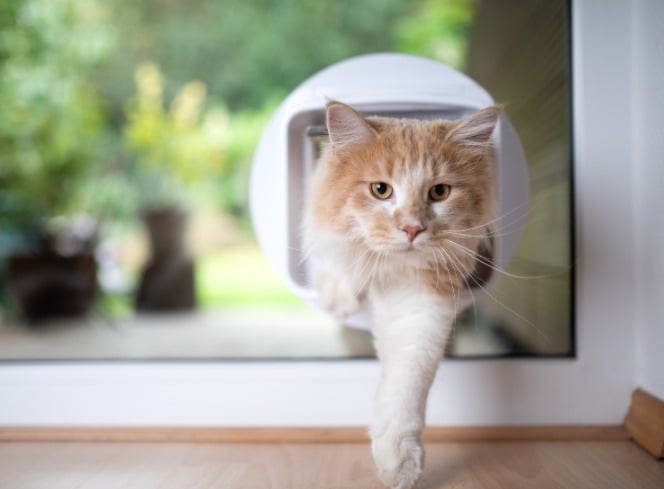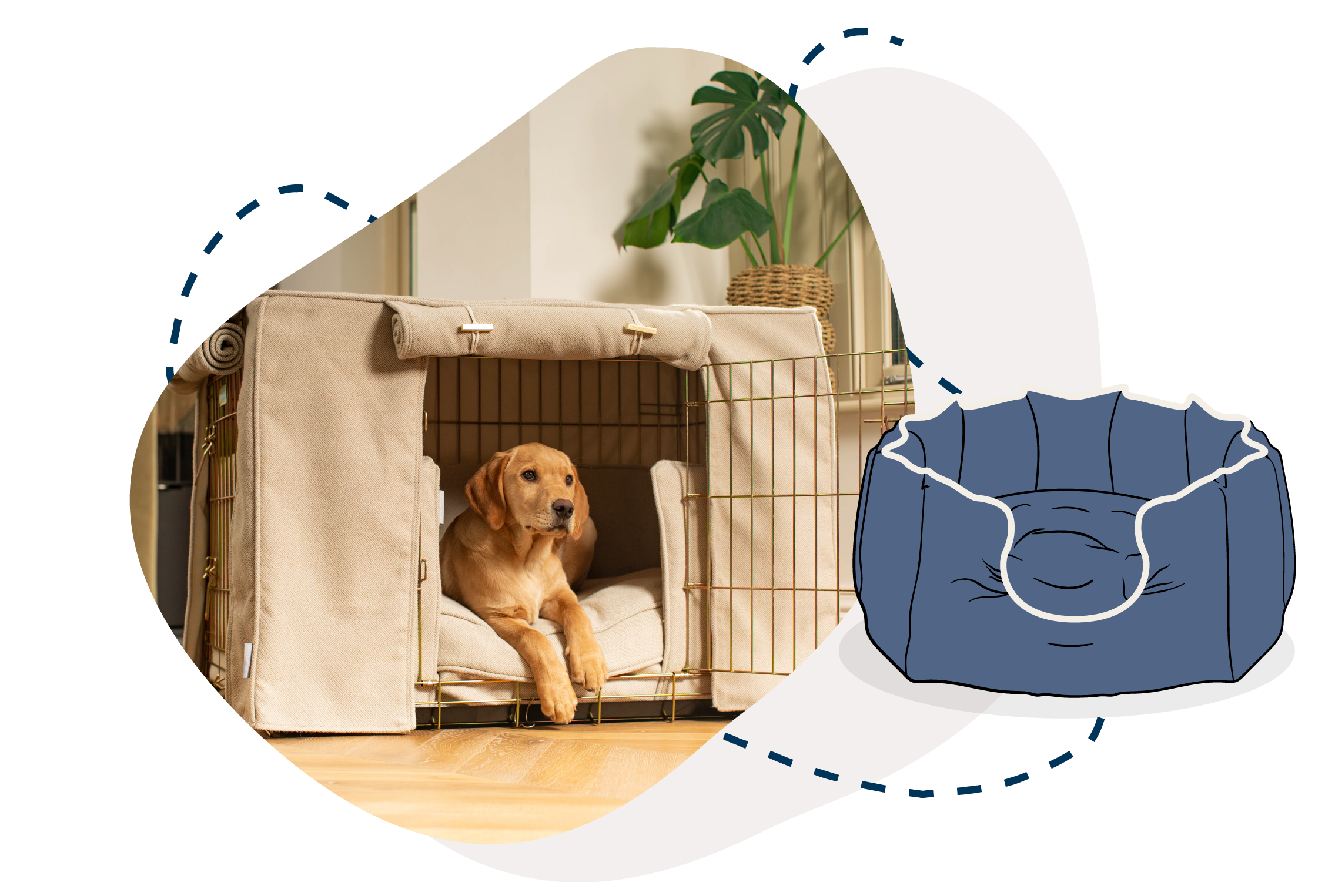
Why Do Cats Have Whiskers?
Ever wondered why your feline friend has those long, delicate whiskers framing their adorable face? Cat whiskers, or "kitty whiskers," aren't just for show—they're an essential part of a cat's sensory system, helping them navigate the world with precision and grace. In this blog, we'll explore the fascinating purpose of cat whiskers, why they're found on different parts of their body, and how to care for them properly. The Purpose of Cat Whiskers Cat whiskers, scientifically known as vibrissae, are much more than just charming accessories on your cat's face. These specialised hairs are deeply embedded in the skin and connected to sensitive nerve endings, allowing cats to detect even the slightest changes in their surroundings. Here are a few reasons why cats have whiskers: Navigation Aid: Cats use their whiskers to measure gaps and spaces, ensuring they can squeeze through tight spots without getting stuck. Hunting Assistance: Whiskers help detect movement in low-light conditions, making them invaluable for stalking prey. Emotional Barometer: The position of your cat's whiskers can reveal their mood—forward-facing whiskers indicate curiosity, while whiskers pinned back suggest fear or aggression. Spatial Awareness: Whiskers on the legs, known as carpal whiskers, help cats judge distances and land gracefully after a jump. Cat Whiskers Aren't Just on Their Face! While cat face whiskers are the most noticeable, did you know that cats have whiskers in other places too? They can be found: Above Their Eyes: These "cat eye whiskers" act as an early warning system to protect their eyes from debris and obstacles. On Their Legs: Leg whiskers help detect objects in their path while climbing or hunting. Near Their Paws: Aiding in tactile sensitivity when walking on unfamiliar surfaces. What Happens If a Cat Loses Whiskers? It’s natural for a cat to shed whiskers occasionally, just like regular fur. However, excessive whisker loss could signal underlying health concerns such as stress, allergies, or infections. If you notice your cat losing whiskers more frequently than usual, it's best to consult your vet. Signs to Watch For: Bald patches where whiskers used to be Reluctance to explore or jump Increased clumsiness Should You Trim Cat Whiskers? No, trimming cat whiskers is a big no-no! Whiskers are crucial for a cat's well-being, and cutting them can disorient your furry friend, affecting their ability to navigate and sense their environment. If you notice damaged or broken whiskers, let them fall out naturally—they will grow back in due time. Whisker Stress: Some cats experience "whisker fatigue" or "whisker stress" when their sensitive whiskers touch the sides of food and water bowls. Using specially designed cat saucers can help reduce discomfort and ensure stress-free mealtimes. How to Care for Your Cat's Whiskers Taking care of your cat's whiskers is simple yet essential to their overall happiness. Here are a few tips: Choose the Right Bowls: Avoid deep, narrow bowls that can cause whisker stress. Opt for shallow cat saucers like the Tarhong cat saucers which come in a fun range of patterns and colours! Gentle Grooming: Avoid touching or pulling whiskers unnecessarily. Stress-Free Environment: Provide a calm and whisker-friendly home setup to prevent over-stimulation. Final Thoughts Cat whiskers are an incredible feature that helps our feline friends explore the world confidently and safely. From aiding in navigation to expressing emotions, they play an important role in your cat's daily life. Be sure to keep those whiskers happy with the right care, and check out Lords & Labradors' range of cat saucers to prevent whisker stress and keep mealtimes comfortable. Explore our collection of cat essentials at Lords & Labradors and give your furry friend the luxury they deserve!




































































![[color:red]](http://www.lordsandlabradors.co.uk/cdn/shop/products/kongtravelbottle2.jpg?v=1718959292&width=533)














































